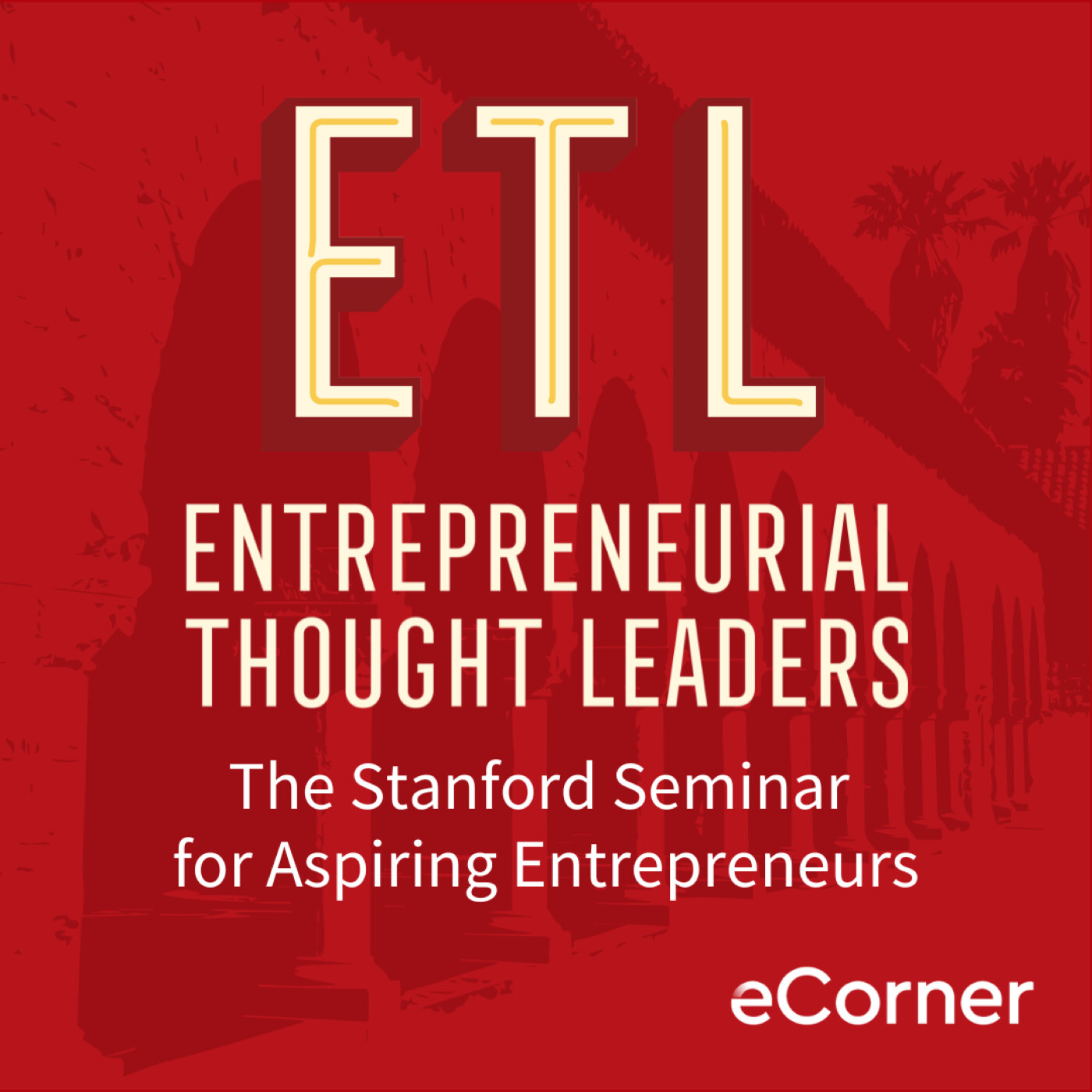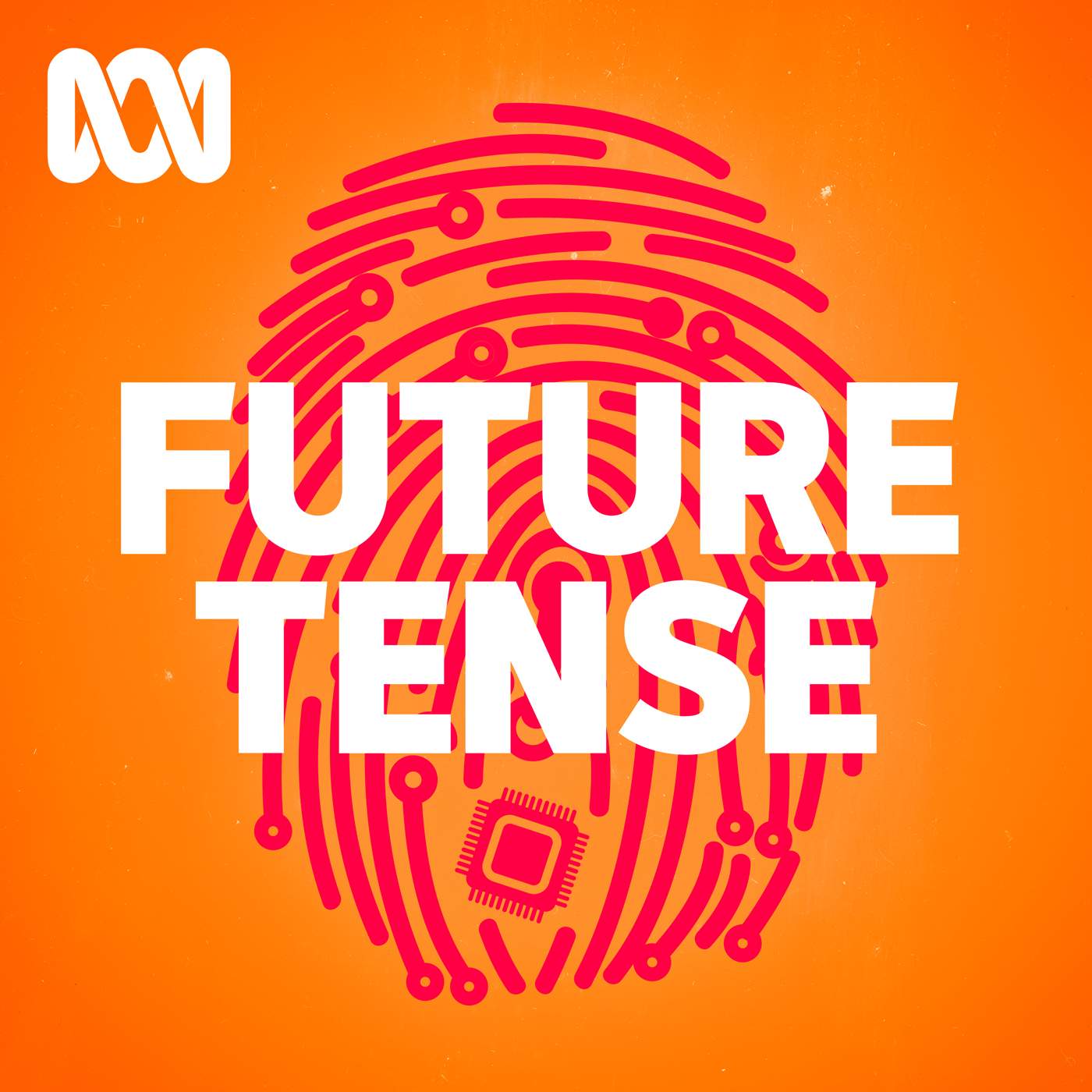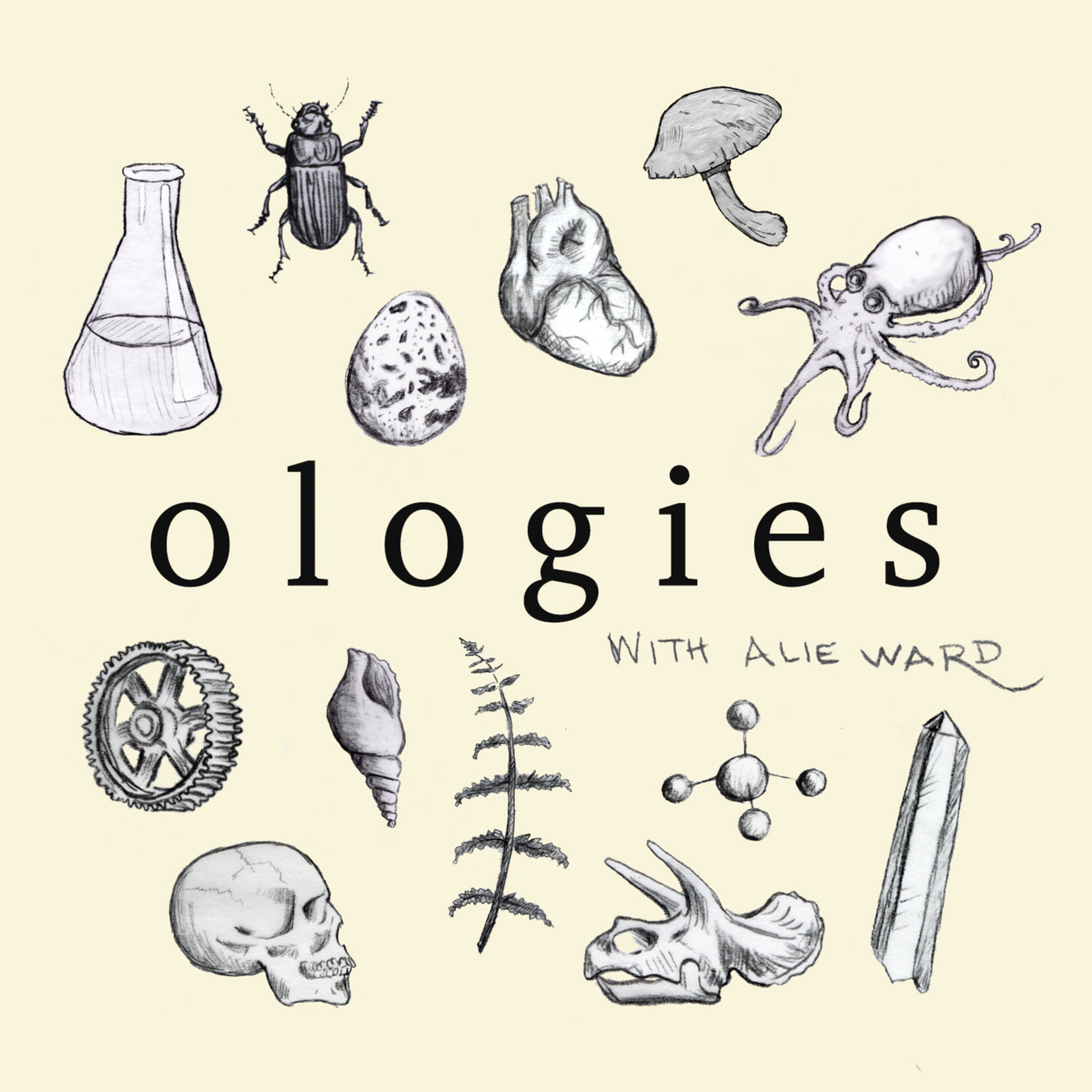
Heliox: Where Evidence Meets Empathy 🇨🇦
Join our hosts as they break down complex data into understandable insights, providing you with the knowledge to navigate our rapidly changing world. Tune in for a thoughtful, evidence-based discussion that bridges expert analysis with real-world implications, an SCZoomers Podcast
Independent, moderated, timely, deep, gentle, clinical, global, and community conversations about things that matter. Breathe Easy, we go deep and lightly surface the big ideas.
Curated, independent, moderated, timely, deep, gentle, evidenced-based, clinical & community information regarding COVID-19. Since 2017, it has focused on Covid since Feb 2020, with Multiple Stores per day, hence a sizeable searchable base of stories to date. More than 4000 stories on COVID-19 alone. Hundreds of stories on Climate Change.
Zoomers of the Sunshine Coast is a news organization with the advantages of deeply rooted connections within our local community, combined with a provincial, national and global following and exposure. In written form, audio, and video, we provide evidence-based and referenced stories interspersed with curated commentary, satire and humour. We reference where our stories come from and who wrote, published, and even inspired them. Using a social media platform means we have a much higher degree of interaction with our readers than conventional media and provides a significant amplification effect, positively. We expect the same courtesy of other media referencing our stories.
Heliox: Where Evidence Meets Empathy 🇨🇦
The New "Big Five": An Expanded Peronality Model
Perhaps the most interesting revelation is that there's no statistical support for a single, overarching "general factor of personality"—no master trait that ties everything together. Instead, what emerged is a complex three-tiered hierarchy: 28 specific facets at the base, six broader traits in the middle, and three meta-traits at the top.
This isn't just academic hair-splitting. This is like discovering that what we thought was a simple ranch house actually has a basement full of secret rooms and an attic with entirely different architectural principles.
Three completely new personality traits have emerged from this analysis, and they're fascinating.
References: Revisiting the IPIP-NEO personality hierarchy with taxonomic graph analysis
This is Heliox: Where Evidence Meets Empathy
Independent, moderated, timely, deep, gentle, clinical, global, and community conversations about things that matter. Breathe Easy, we go deep and lightly surface the big ideas.
Thanks for listening today!
Four recurring narratives underlie every episode: boundary dissolution, adaptive complexity, embodied knowledge, and quantum-like uncertainty. These aren’t just philosophical musings but frameworks for understanding our modern world.
We hope you continue exploring our other podcasts, responding to the content, and checking out our related articles on the Heliox Podcast on Substack.
About SCZoomers:
https://www.facebook.com/groups/1632045180447285
https://x.com/SCZoomers
https://mstdn.ca/@SCZoomers
https://bsky.app/profile/safety.bsky.app
Spoken word, short and sweet, with rhythm and a catchy beat.
http://tinyurl.com/stonefolksongs
Curated, independent, moderated, timely, deep, gentle, evidenced-based, clinical & community information regarding COVID-19. Since 2017, it has focused on Covid since Feb 2020, with Multiple Stores per day, hence a large searchable base of stories to date. More than 4000 stories on COVID-19 alone. Hundreds of stories on Climate Change.
Zoomers of the Sunshine Coast is a news organization with the advantages of deeply rooted connections within our local community, combined with a provincial, national and global following and exposure. In written form, audio, and video, we provide evidence-based and referenced stories interspersed with curated commentary, satire and humour. We reference where our stories come from and who wrote, published, and even inspired them. Using a social media platform means we have a much higher degree of interaction with our readers than conventional media and provides a significant amplification effect, positively. We expect the same courtesy of other media referencing our stories.
This is Heliox, where evidence meets empathy. Independent, moderated, timely, deep, gentle, clinical, global, and community conversations about things that matter. Breathe easy. We go deep and lightly surface the big ideas. Have you ever tried to figure out why you or maybe someone close to you consistently acts a certain way? We all do it, right? We grab those familiar labels. Oh, they're such an extrovert or she's incredibly conscientious. And, you know, while those terms are helpful shortcuts, what if the actual underlying blueprint of personality is far more complex and maybe more surprising than we've ever imagined? What if those well-worn categories are just like the entry points to a whole new world of interconnected traits and hidden layers? Today, we're taking a deep dive into some really groundbreaking new research, stuff that's fundamentally rewriting how we define and measure personality. We're going to explore a study that applied this cutting-edge method called taxonomic graph analysis, or TGA, to a massive data set from the IPIP Neo personality inventory. And this isn't just, you know, tweaking existing ideas. It feels more like a complete architectural overhaul. Yeah, absolutely. And our mission for this deep dive is to really get our heads around how this new kind of bottom-up approach works. We need to understand why it's so important maybe to move beyond some of the older, maybe more restrictive methods. And then, yeah, we'll unpack the fascinating kind of unexpected elements of personality structure it revealed. We're talking entirely new traits and even a novel meta-traite that could change how we view our own decision-making, our strengths, all that. Okay, let's break this down then. For decades, right, when we talk personality, we've mostly relied on these big umbrella terms, often the big five. Openness, conscientiousness, extroversion, agreeableness, neuroticism. Yep. They've given us a common language, which is great. Yep. But for researchers trying to figure out the actual structure, like what genuinely lies beneath and connects those terms, that's been a real puzzle, hasn't it? It feels like having a map of, say, five continents, but you're not sure if they're connected by land bridges or vast oceans or if there may be entirely new islands we haven't even charted yet. That's a great analogy. Absolutely. Historically, many efforts to map personality use what we call top-down methods. So imagine starting with those big five continents already drawn on the map, and then you try to fit every little observation, every behavior into those predefined boundaries. Now, while that's been valuable, this approach can inadvertently, you know, constrain the findings. It limits opportunities to discover new structures that might be forming organically within the data itself. You're sort of guided by what you expect to find, and you might overlook entire new islands or mountain ranges simply because they don't fit your initial map. Right. So you're not letting the data speak for itself as much. You're kind of imposing a structure. Precisely. But I understand the limitations of a top-down approach. But the Big Five model, despite its constraints, has been incredibly robust and useful for decades. What would you say are its undeniable strengths? And how does TGA ensure it doesn't throw out the baby with the bathwater? That's a really crucial question. The Big Five's strength lies in its simplicity and universality. It's a great starting point and offers broad, generally reliable descriptions. TGA doesn't discard this, rather it refines it. Exactly. It respects what the Big Five captured, but then it dives deeper, allowing for the emergence of structures that the top-down approach might have forced into existing categories or missed entirely. Now, when researchers do try to look at personality from the bottom up, you know, starting from individual items on a questionnaire, maybe I am a worrier or I love parties, they run into some pretty significant methodological hurdles. Like, imagine your survey has two questions. I often feel nervous in crowds, and large groups of people make me anxious. Okay, yeah, they sound very similar. Right. They're phrased differently, but they're basically tapping into the same specific anxiety. If we treat them as totally independent measures, we create what's called a local independence violation. They're not truly independent, and traditional methods might mistakenly count anxiety twice over, sort of distorting the picture. Ah, I see. So it inflates certain things artificially. Exactly. And then there are wording effects. That's when someone might, for example, tend to agree with all positively phrased statements regardless of their content or vice versa. If these issues aren't addressed properly, well, how accurate and comprehensive can our models of personality truly be? It's like we're building our understanding on shaky ground. And that's a vital point. It really sounds like traditional models were almost, well, destined to misinterpret certain aspects of personality because of these built-in methodological blind spots. So, okay, this is where the magic happens then. This new approach, taxonomic graph analysis, or TGA, it was developed specifically to tackle these very challenges. What exactly is TGA and how does it manage to overcome these longstanding obstacles in a way that previous methods couldn't? Well, what's fascinating here is that TGA is a really comprehensive network psychometrics framework. Think of it like a meticulous detective. Instead of starting with assumptions about how many factors or traits there should be, it builds personality structures from the ground up. It does this by painstakingly analyzing the relationships between individual items on a questionnaire. It's designed to identify hierarchical structures organically, letting them emerge naturally from the data itself, not, you know, be imposed upon it. Okay, so it's not just a new analysis technique. It's almost a new philosophy for understanding these psychological constructs, one that prioritizes the granular details first. Exactly. If this is a new philosophy, one that prioritizes the granular details, what's the biggest hurdle in getting the wider psychology community to adopt it? Are there traditional viewpoints that might resist this kind of deconstruction? That's a fair challenge. Anytime you introduce a new, more complex method, there's a learning curve and a natural resistance to abandoning familiar frameworks. The hurdle is often about demonstrating its robust empirical superiority consistently across diverse data sets and then making the method accessible. But TGA's power lies in its systematic step-by-step process. Crucially, it starts by explicitly assessing and mitigating those methodological issues we just discussed, those hurdles. For instance, it uses something called unique variable analysis UVA to weed out redundant questions, like those two anxiety questions we talked about. Right. The ones asking basically the same thing. Exactly. It stops them from artificially inflating a trait's importance. Then it brings in random intercept exploratory graph analysis's RIAJ, for short, to neutralize those wording effects. This ensures that the dimensions it identifies truly reflect personality and not just how the questions happen to be phrased. Only after these foundational issues are rigorously addressed does TGA move on to actually estimate the network structure and build up the hierarchy layer by layer from specific items up to broad metatrates. It's really about cleaning the lens before you even start to look through it. Okay, so we've built this incredible new microscope, this TGA. Now, the moment of truth, when they aimed it at this huge, familiar landscape of the IPIPNEO, that data set of almost 150,000 people, 300 items. What did this powerful new lens reveal that we might have been missing all along? What were the hidden structures, the sort of secret passages it brought to light? Let's forget the big five for just a second. What did TGA fundamentally rewrite about our understanding of personality's blueprint? What's the biggest, most surprising headline from using TGA on this massive data set? Okay, well, the biggest headline, I'd say it's complete architectural overhaul. Seriously. We no longer see strong, consistent statistical support for a single overarching personality factor. You know, a big one at the very top. No general factor of personality. I am not consistently supported here, no. Instead, TGA revealed a really distinct three-tiered hierarchy. You've got 28 specific facets at the base level, kind of the building blocks. These then consolidate into six broader traits at the second level, and those top out with three overarching meta-traits. This isn't just like tweaking the map. It's redrawing continents and discovering entirely new ones. Okay, hold on. A three-tiered structure, 28 facets, six traits, three meta-traits, and no single general factor. That is a significant departure from some conventional models. So what were these new or redefined traits and meta-traits that emerged from this deep dive into the IPP-NEO data? What are these new continents? Well, while some dimensions did align pretty well with the theoretical IPIP-NEO structure we expected, there were considerable deviations. And that really highlights TGA's ability to uncover novel groupings. So at that second level, our trait level, three entirely new trait domains emerged that aren't typically considered standalone Big Five traits. These were sociability, integrity, and impulsivity. Hmm. Okay. Sociability, integrity, impulsivity. And then at the highest third level, a novel overarching meta-trait called disinhibition was identified. These really represent significant reconceptualizations of how our personality might be structured. That's a huge shift in our understanding potentially. Can you give us a sense of how these new dimensions kind of reshuffle the deck? What changed within those familiar big five categories we're used to? Certainly. Let's take openness to experience. It remained largely consistent, you know, keeping facets like adventurousness and intellect. However, its emotionality facet, which was traditionally under openness, actually moved over to neuroticism. Interesting. So emotionality is now seen as more related to neuroticism. According to this analysis, yes. It suggests a different underlying relationship. And within neuroticism itself, the facets, anxiety, and vulnerability actually merged into a single broader anxiety dimension. And quite interestingly, a novel dominance dimension emerged here under neuroticism. It reflects a sort of confrontational social orientation, and it drew items from both extroversion and agreeableness. Dominance under neuroticism, that's unexpected. It is surprising, yeah. It suggests maybe a link between negative emotionality and certain kinds of assertive or even aggressive social styles. Then for conscientiousness, we saw its achievement striving facet actually split into two distinct dimensions, work ethic and determination. Okay, so striving isn't just one thing. Apparently not. It indicates that striving for achievement might manifest in more nuanced ways. And a new, weakly, negatively loading facet of calmness also appeared under conscientiousness, suggesting maybe an easygoing pace of life is somewhat related, inversely. Wow. So already we're seeing some really unexpected recategorizations and splits. Now let's talk about those truly new traits you mentioned. Take sociability. Wait, sociability has its own trait. And you said it pulls from extroversion and agreeableness and even neuroticism. That completely reshapes my mental model of what being a social person even means. Could you quickly unpack what that unique blend truly represents? Yeah, you've absolutely hit on a key insight there. Sociability emerged as this fascinating blend. It includes items we typically associate with extroversion, like cheerfulness, gregariousness, friendliness, but also items from agreeableness, like empathy and trust. And interestingly, it even pulled some self-consciousness items negatively keyed from neuroticism. Huh. So less self-conscious is part of being sociable here. Seems to be. So this treat really captures broader social engagement characteristics. It encompasses both the outgoing aspects and the pro-social, warm aspects of how we relate to others. It's more than just being talkative. It's about a more comprehensive disposition towards social connection, including the comfort and ease one feels. Okay, that makes sense. A broader view of social style. What about integrity? Right. Integrity arose from a combination of elements, primarily from agreeableness, specifically the morality facet, and conscientiousness, particularly dutifulness. Its facets included things like manipulativeness, which was negatively correlated, obviously fairness and honesty. This structure aligns really well with other models, like the Hexoco model's honesty-humility factor. It emphasizes a rejection of deceptive, self-soothing behaviors. So it's about a moral compass, really. Exactly. It's about a deep-seated commitment to fairness and truthfulness, adhering to principles. That's a crucial distinction from just being nice or agreeable in a superficial way. Got it. And the third new one, impulsivity. Yes, and impulsivity turned out to be a surprisingly multifaceted trait. It drew items from all over the map, actually. It pulled from conscientiousness, specifically its cautiousness facet, but in reverse. It pulled from extroversion things like sensation-seeking and recklessness. And it pulled from neuroticism items related to agency or immoderation, like acting rashly under stress. Wow, so impulsivity isn't just one thing either. It's complex. Very much so. And this broad composition really raises important questions about whether impulsivity should be seen as a broad, complex trait in its own right, rather than just a subordinate facet tucked away under conscientiousness or neuroticism. Incredible. So these new traits, sociability, integrity, impulsivity, they aren't just minor additions. They seem to be fundamentally shifting how we view core aspects of human behavior. And then at the highest level, the meta-traite level, you mentioned disinhibition. What exactly is that, and how does it tie these new pieces together? Indeed. At the highest level, the meta-traits, two of them resembled existing concepts we kind of recognize. One was stability, which linked neuroticism negatively and conscientiousness, makes sense of emotional stability and self-control. The other resembled plasticity, linking the new sociability trait and openness to experience. This is interesting because sociability replaces extroversion here, suggesting a different take on exploration and engagement. Okay, stability and plasticity, but slightly redefined. Exactly. But the third one, this disinhibition, was entirely composed of the new traits, integrity, negatively, and impulsivity, positively. So think of it as representing a broad dispositional tendency towards reduced behavioral and emotional regulation. It's this fascinating balance, or maybe imbalance, between a propensity for a rash behavior or sensation-seeking and a susceptibility to ethical lapses or self-control failures stemming from low integrity. It suggests a comprehensive influence on how we manage our impulses and our moral decisions, affecting how we navigate both self-control and social norms. Wow. Okay. That's a lot to take in. This architectural overhaul you described, what does it really mean for us, for the listeners? Why should we care about 28 facets, six traits, and these new meta-traits like disinhibition? What's the bigger takeaway from this deep dive for our fundamental understanding of personality? Well, I think this study provides a really rigorous data-driven perspective that finally starts to integrate many empirical findings and theoretical ideas that have often felt scattered or disconnected across the personality literature. It underscores that personality isn't static or neatly compartmentalized into just five boxes, right? It's a dynamic, intricate, hierarchical system. And understanding its true organically emerging structure helps ensure that our descriptive models, our predictive models, our explanations for human behavior, that they're all more accurate and nuanced. We're getting closer maybe to a truly comprehensive map of the self. A more accurate map. That makes sense. And one particularly fascinating implication, I think, is the potential adaptive role that disinhibition might play. Now, it often carries negative connotations, right? We think of reckless behavior, maybe ethical lapses. Yeah, disinhibited doesn't usually sound like a compliment. Exactly. But moderate levels of disinhibition might actually be essential for adaptation in certain situations. Imagine it as a kind of switch, a switch that allows us to disengage from old, ineffective strategies or rigid thinking, and then explore new ones when we're pursuing long-term goals. This could be crucial in situations like, hmm, resisting unhealthy social conformity, think back to Ash's famous line experiments. or questioning authority in a morally ambiguous situation, echoing Milgram's studies, or even just overcoming the bystander effect to intervene. In those cases, rigid adherence to norms or established patterns might actually be detrimental. A certain degree of disinhibition might allow for critical thinking, for breaking the mold, for finding novel solutions. That's a really interesting twist on a trait that sounds inherently negative at first glance. So for someone listening who might naturally lean towards higher disinhibition, How might understanding that adaptive side change how they approach, say, a difficult conversation at work or even a big personal decision? It's not just a flaw to be managed, but potentially a strength, a tool for breaking new ground. Precisely. That's a great way to put it. If you find yourself prone to challenging the status quo or maybe taking calculated risks that others shy away from, this understanding suggests it's not necessarily a flaw to be suppressed, but perhaps a disposition that can be channeled constructively. Knowing these more nuanced structures beyond just the Big Five can lead to profound benefits. Better self-awareness, for one, allowing you to recognize not just your broad Big Five profile, but also the specific facets in their interplay, integrity, impulsivity, sociability, that truly make you unique. It can also lead to more accurate psychological assessments, maybe in clinical settings or organizational psychology, and therefore more targeted and effective interventions, whether in education, therapy, coaching, you name it. For you, the learner, it's about gaining knowledge quickly but thoroughly, providing those aha moments that deepen your understanding of yourself and the people around you. It gives you a more sophisticated lens through which to view human behavior. What a truly profound journey into the hidden architecture of personality. We've seen how this taxonomic graph analysis is really redrawing our understanding, identifying this new three-level hierarchy for the IPIP in a 28 facets, six traits, three meta traits, And really notably, no statistical support for that single general factor personality we sometimes hear about. And uncovering these surprising new dimensions like sociability, integrity, impulsivity, and that overarching meta-trait, disinhibition, it really shows the complex interconnected web of who we are. Absolutely. And while, you know, we should remember this study was rigorously conducted, it is based on a single, albeit very large, data set, primarily from the U.S. Further research, maybe simulation studies, are definitely needed to explore TGA's application to even larger item pools or different personality inventories across cultures. But it absolutely highlights the immense value of these comprehensive bottom-up approaches in psychology. It shows that by asking different questions and using innovative tools like TGA, we really can uncover previously hidden truths about ourselves and the fundamental architecture of human personality. The traditional maps are indeed being redrawn. So for you listening, maybe consider this. If our personality structure is more fluid, more interconnected than we previously thought, With concepts like disinhibition playing a potentially adaptive role in how we switch strategies or challenge norms, how might that change the way you approach challenges, or how you set goals, or even how you understand why you and others act the way you do when faced with unexpected situations? Perhaps that impulsive decision to pursue a crazy idea isn't always a mistake, but maybe a manifestation of a deeper, sometimes adaptive trait structure at play. It's a powerful reminder that the exploration of personality is far from over, and the insights just keep unfolding. Thanks for listening today. Four recurring narratives underlie every episode. Boundary dissolution, adaptive complexity, embodied knowledge, and quantum-like uncertainty. These aren't just philosophical musings, but frameworks for understanding our modern world. We hope you continue exploring our other podcasts, responding to the content, and checking out our related articles at heliocspodcast.substack.com.
Podcasts we love
Check out these other fine podcasts recommended by us, not an algorithm.

Hidden Brain
Hidden Brain, Shankar Vedantam
All In The Mind
ABC listen
What Now? with Trevor Noah
Trevor Noah
No Stupid Questions
Freakonomics Radio + Stitcher
Entrepreneurial Thought Leaders (ETL)
Stanford eCorner
This Is That
CBC
Future Tense
ABC listen
The Naked Scientists Podcast
The Naked Scientists
Naked Neuroscience, from the Naked Scientists
James Tytko
The TED AI Show
TED
Ologies with Alie Ward
Alie Ward
The Daily
The New York Times
Savage Lovecast
Dan Savage
Huberman Lab
Scicomm Media
Freakonomics Radio
Freakonomics Radio + Stitcher
Ideas
CBCLadies, We Need To Talk
ABC listen

